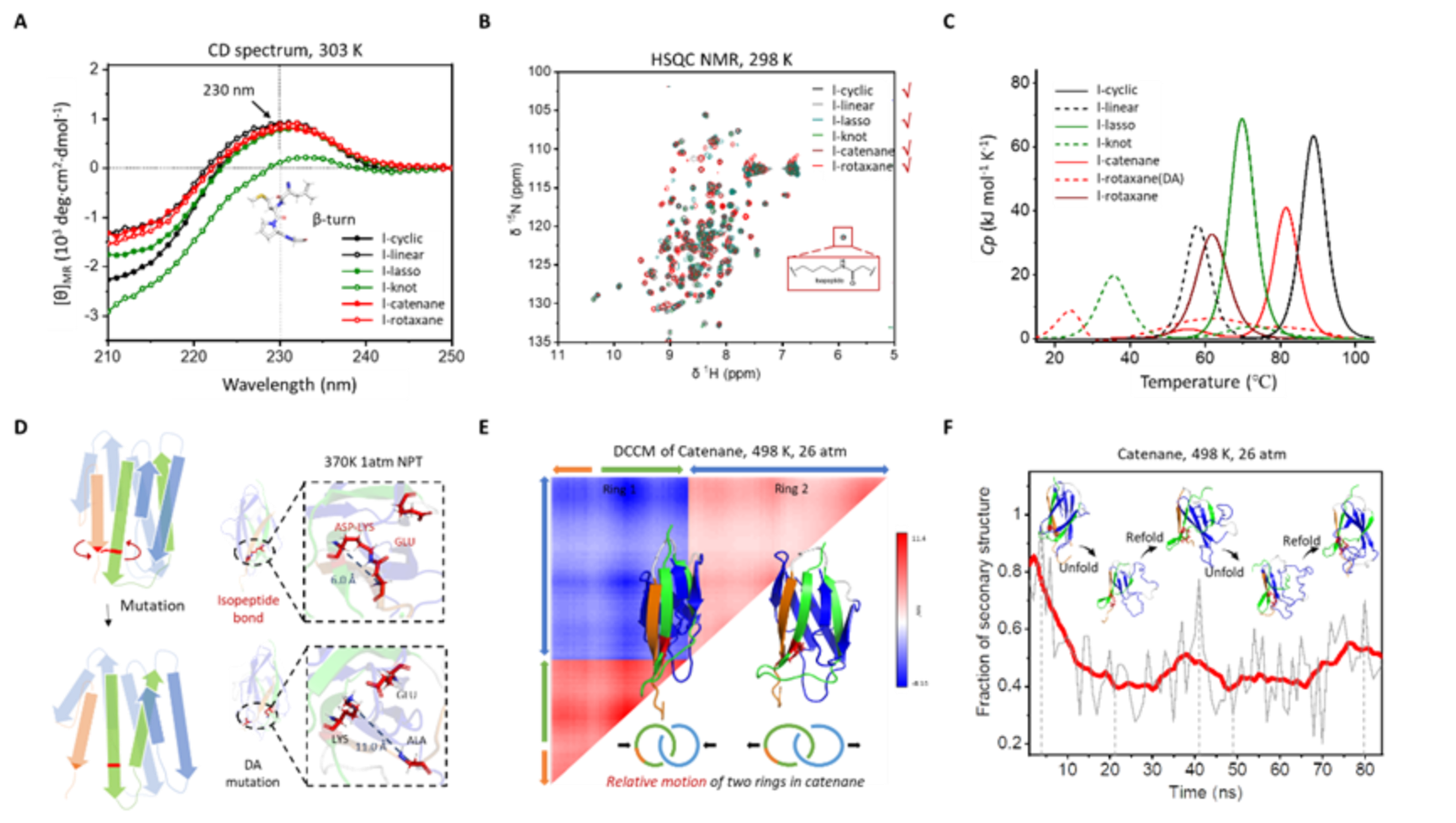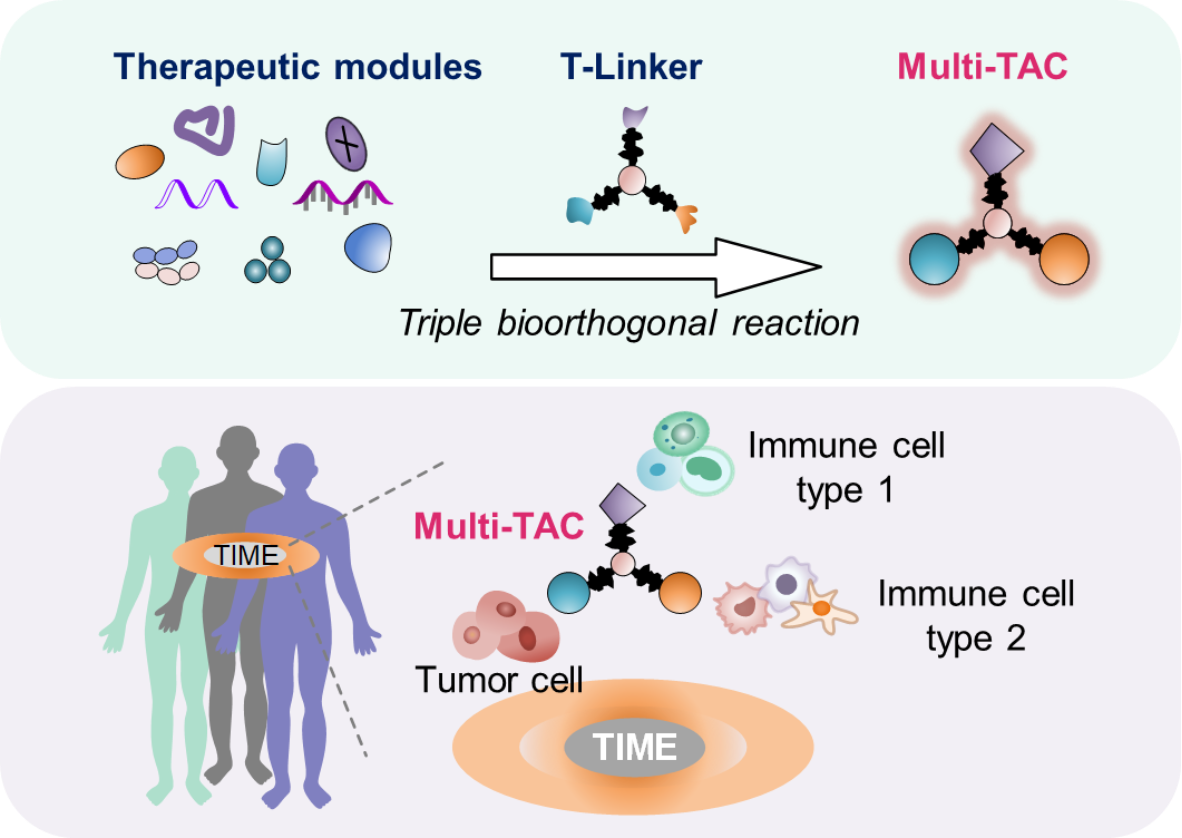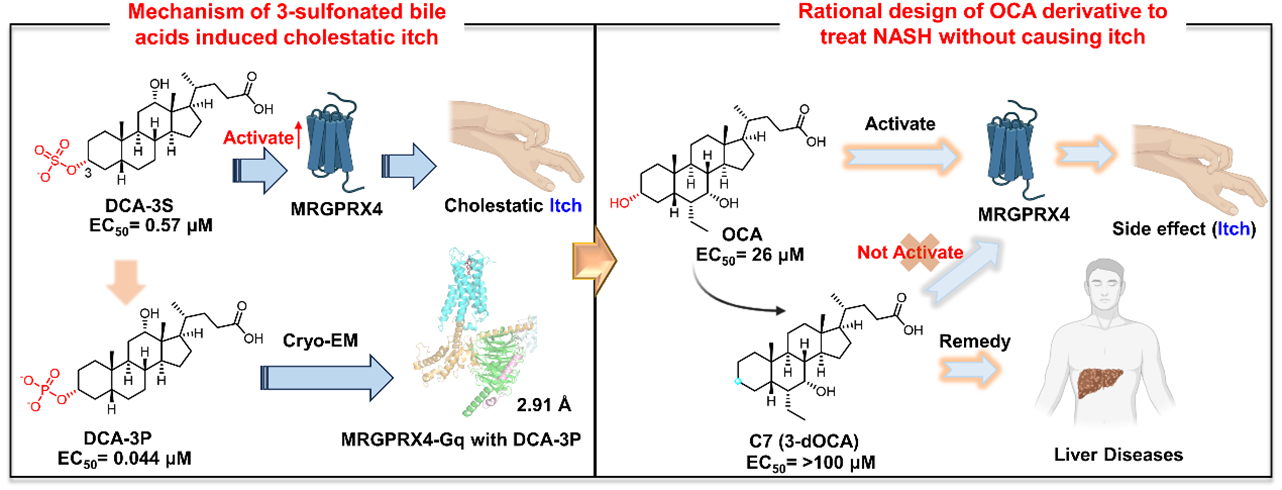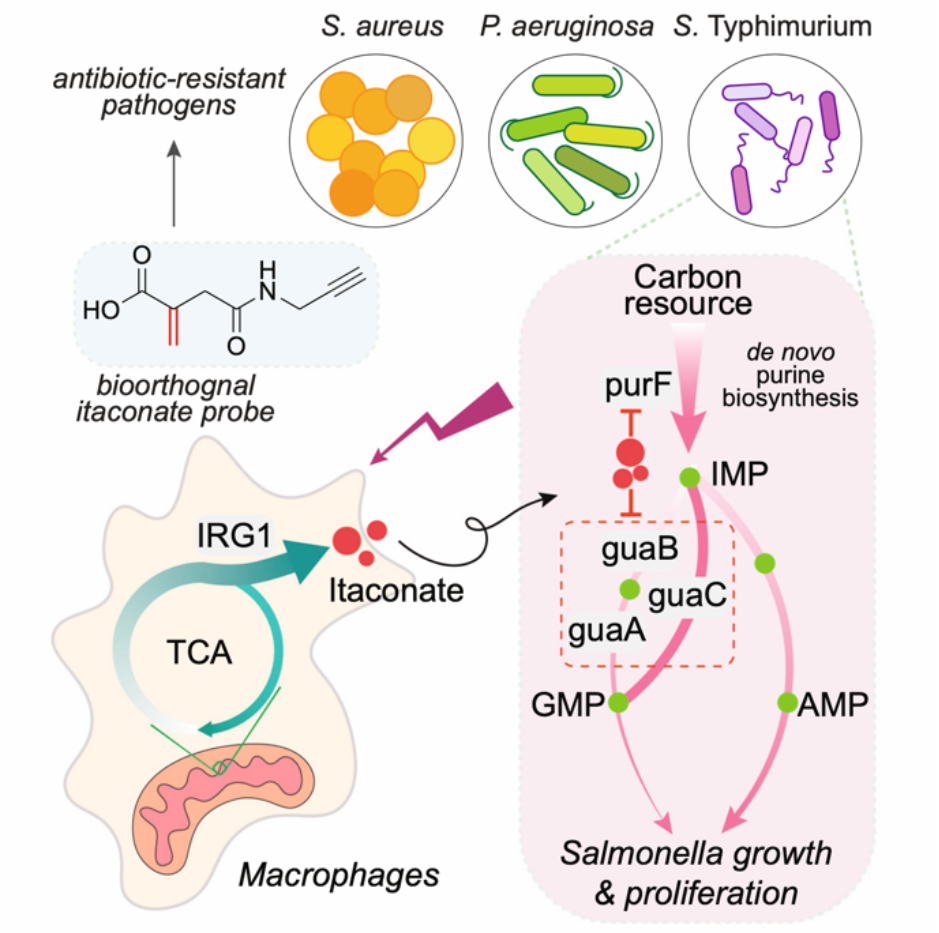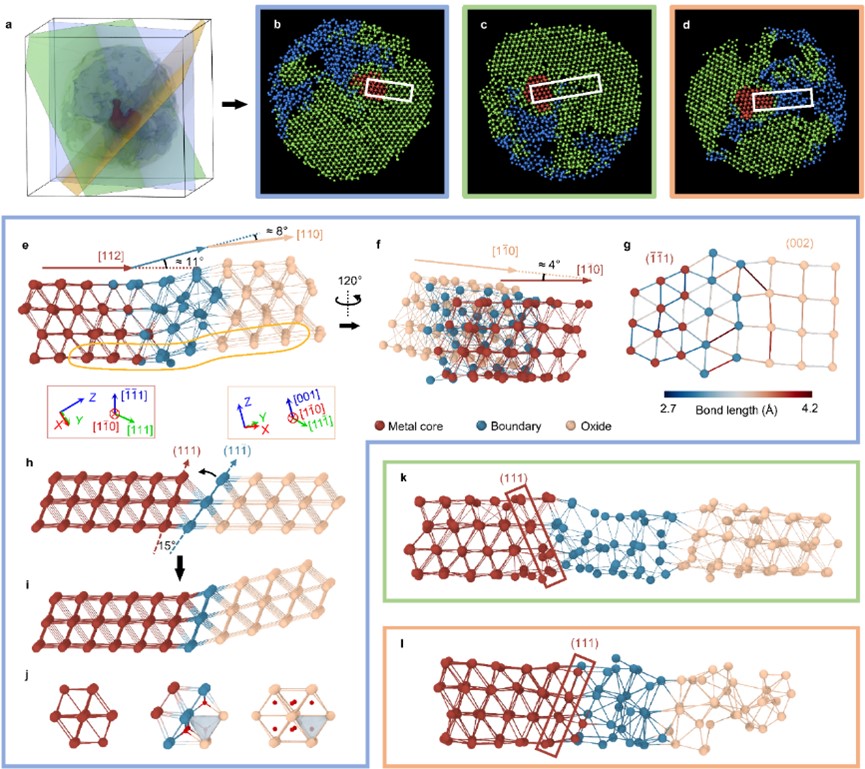伊人直播
Cumulenes, molecules featuring cumulated carbon−carbon double bonds, possess interesting electronic properties and chemical reactivities. The Rong Zhu research group at Peking University has focused on the controlled generation and polymerization of cumulenes through a new polymerization methodology, namely condensation polymerization of propargylic electrophiles (CPPE). This approach has led to the development of a series of new functional polymers (JACS, 2022, 144, 4315; JACS, 2022, 144, 8807; JACS, 2023, 145, 2045; Giant, 2023, 13, 100139; JACS, 2023, 145, 23755). When the intermediate cumulenes are unsymmetrically substituted, the resulting polymers are regio-irregular (“head to head” and “head to tail”).
The precise control of the regiochemical outcome during polymerization is useful for material property tuning and macromolecular assembly. Inspired by copper(I)-catalyzed olefin functionalization reaction, the group recently reported the CPPE polymerization of conjugated enyne electrophiles catalyzed by Cu-H/Si species, obtaining regioregular (>93% “head-to-tail”) poly(2-butyne-1,4-diyl)s (HT-PBD) for the first time (Fig. 1).
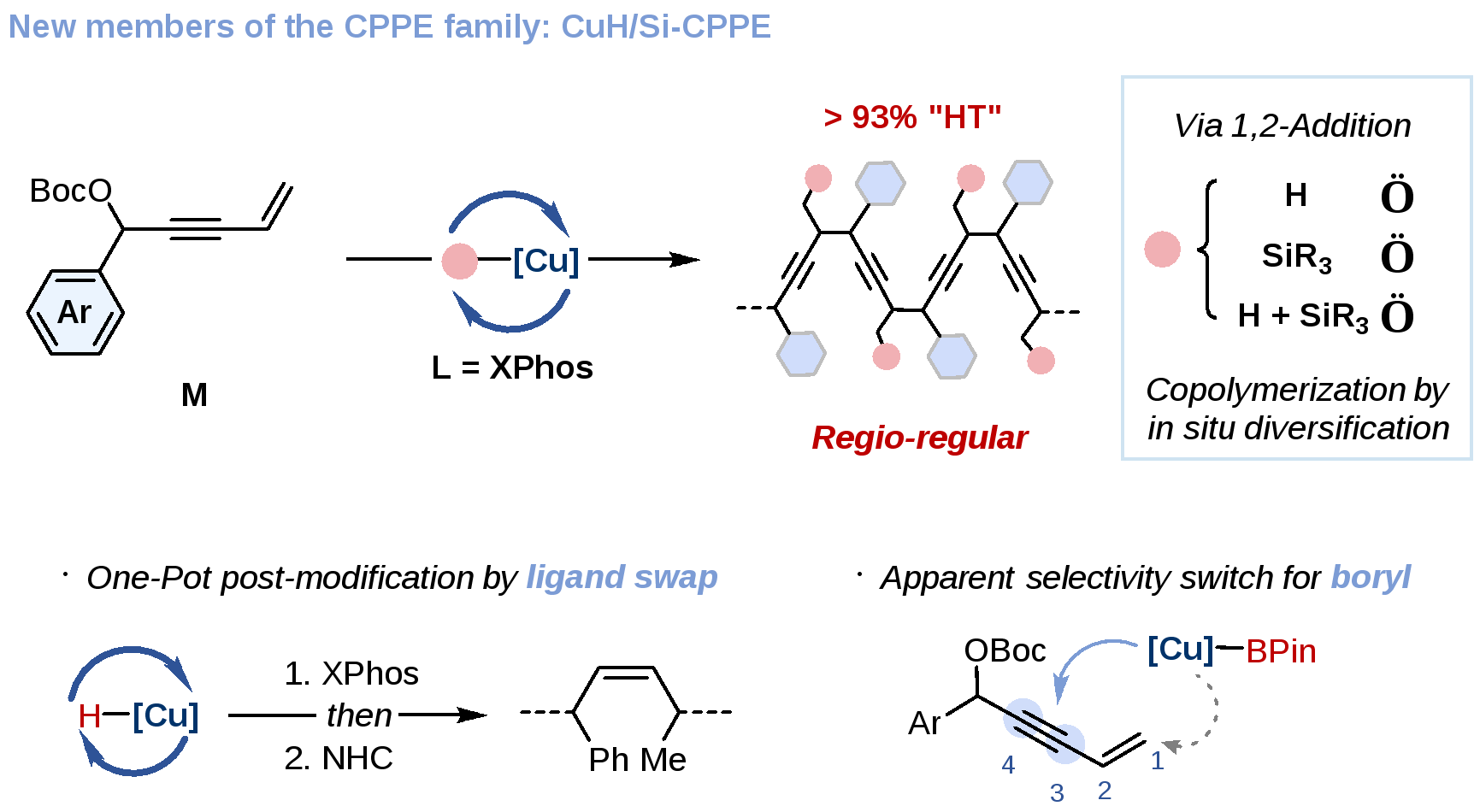
Fig. 1 Cu-H/Si catalyzed regioregular CPPE.
Furthermore, this work demonstrated a one-pot copolymerization method for synthesizing novel silicon-containing polymers. Additionally, it achieved a one-pot polymerization/semi-reduction synthesis of polymers with cis-poly(butadiene)-derived backbone through a ligand swap. Preliminary investigations into the interesting selectivity switch of boryl copper addition were also reported.
Cu-H/Si CPPE represents a novel approach for the synthesis of regioregular polymers and serves as a new pathway for silicon-containing polymers. This work, titled “Regioselective Condensation Polymerization of Propargylic Electrophiles Enabled by Catalytic Element-Cupration” was published in JACS. Zheng-Lin Wang (Ph.D. candidate) is the first author. Prof. Rong Zhu from the College of Chemistry and Molecular Engineering at Peking University is the corresponding author. The research was supported by the National Natural Science Foundation of China and the Beijing National Laboratory for Molecular Sciences.
Link to the original article: //doi.org/10.1021/jacs.4c05524

